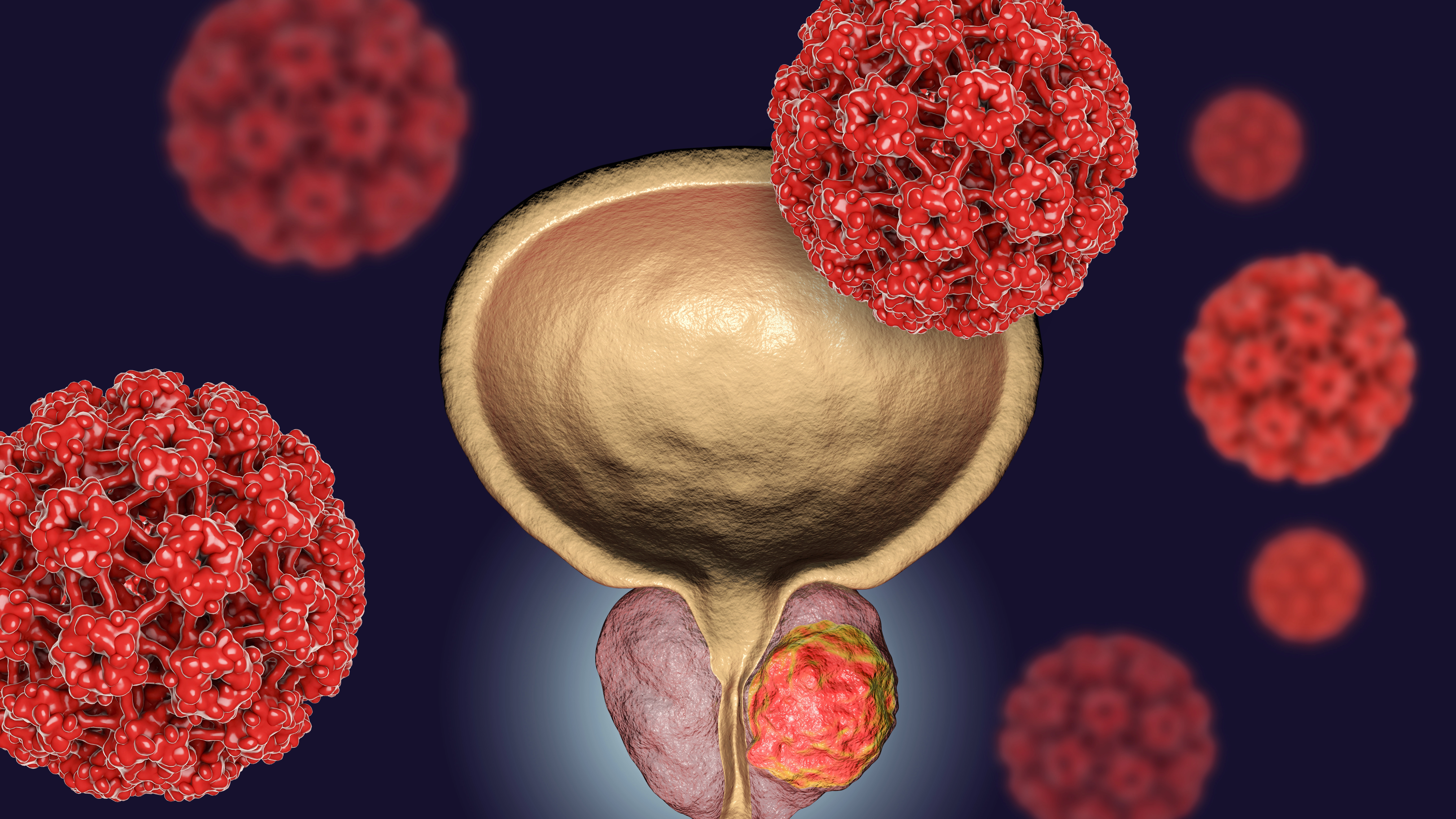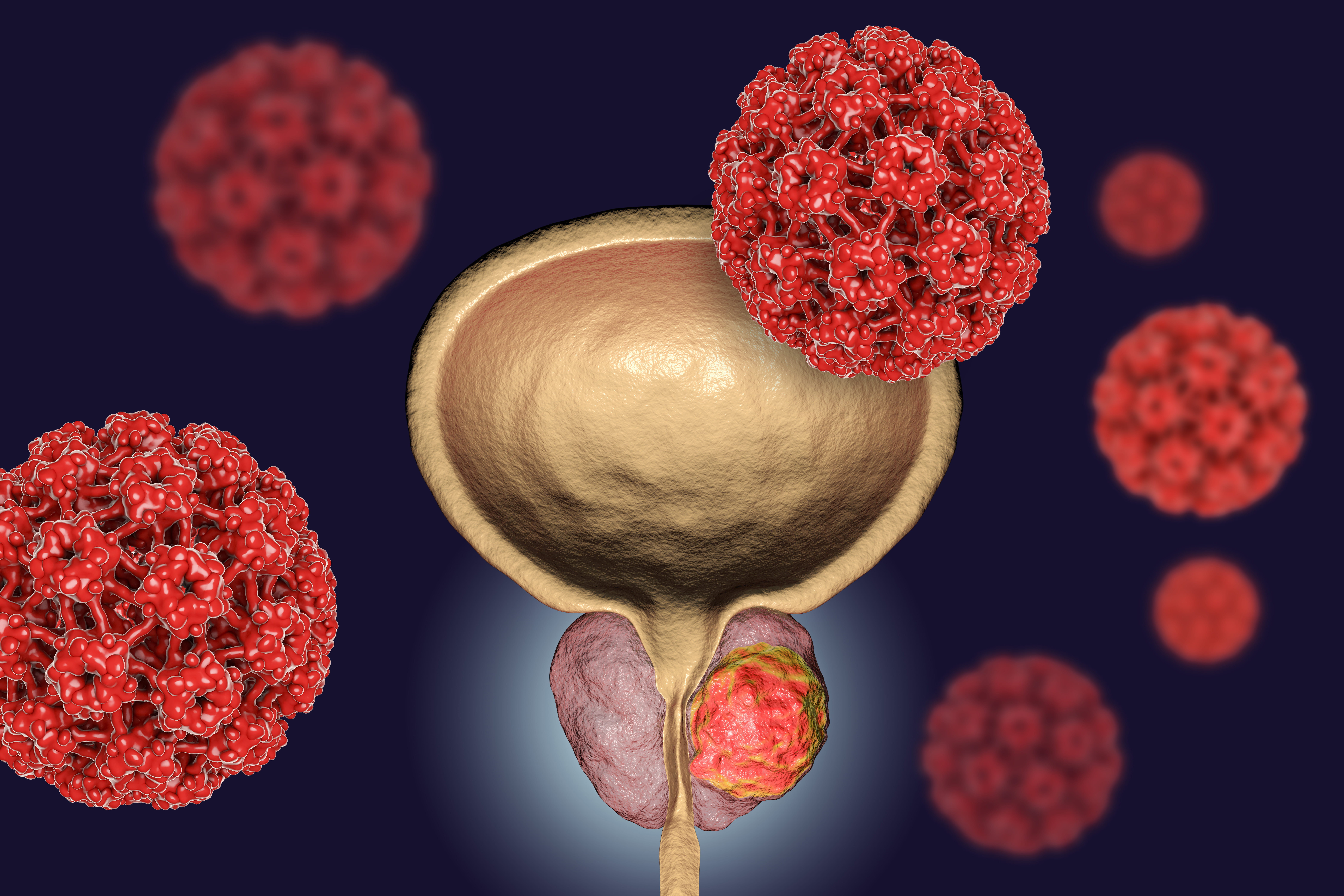Introduction
Androgen deprivation therapy (ADT) is key in managing high-risk non-metastatic (M0) prostate cancer. While LHRH analogues (LHRHa) are the standard, they cause side effects due to loss of both testosterone and oestrogen. Transdermal oestradiol (tE2) patches offer an alternative that avoids cardiovascular toxicity, preserves bone mineral density, and improves metabolic health and quality of life. This study aimed to compare LHRHa and tE2 in terms of castration rates, PSA responses, toxicity, and long-term outcomes to guide treatment decisions.
Materials & Methods
-
Study Design: Open-label, randomised phase 3 trial comparing LHRHa vs. tE2.
-
Participants: Patients with high-risk M0 prostate cancer or PSA relapse (≥4 ng/mL, doubling time <6 months).
-
Intervention:
-
LHRHa depot vs. tE2 patches (100 mcg/24h, changed twice weekly for >2 years).
-
Additional treatments: Prostate radiotherapy and docetaxel were allowed as indicated.
-
Outcomes Assessed:
-
Castration rates (testosterone <1.7 nmol/L)
-
PSA response (PSA <0.2 ng/mL, PSA50, PSA90)
-
Toxicity profile
-
Long-term outcomes (MFS, OS, cause of death, second malignancy rates)
Results
-
Patient Population: 1,360 men (639 LHRHa, 721 tE2), randomized 1:2 initially, then 1:1.
-
Planned Treatments: 68% prostate radiotherapy (70% LHRHa, 67% tE2); 6% docetaxel (7% LHRHa, 5% tE2).
-
Testosterone Suppression (<1.7 nmol/L):
-
At 1 month: 60% LHRHa vs. 82% tE2
-
At 3 months: 92% LHRHa vs. 93% tE2
-
At 12 months: 97% LHRHa vs. 94% tE2
-
PSA Response:
-
PSA <0.2 ng/mL: 27% LHRHa vs. 23% tE2
-
PSA50 (≥50% reduction): 99% in both groups
-
PSA90 (≥90% reduction): 90% LHRHa vs. 85% tE2
-
Side Effects
-
Moderate/severe hot flushes: 37% LHRHa vs. 7% tE2
-
Symptomatic gynaecomastia: 9% LHRHa vs. 38% tE2
-
Significant fatigue: 25% LHRHa vs. 16% tE2
-
Overall Survival (OS): HR 0.89 (95% CI: 0.74–1.07) → Slightly favors tE2.
-
Causes of Death:
-
Prostate cancer: 41% LHRHa vs. 46% tE2
-
Cardiovascular disease (CVS): 10% LHRHa vs. 7% tE2
-
Second malignancy: 14% LHRHa vs. 11% tE2
Conclusion
Transdermal oestrogen (tE2) patches achieved comparable testosterone and PSA suppression to LHRHa in locally advanced prostate cancer. Hot flushes were significantly reduced, but gynaecomastia was more common with tE2. MFS and OS outcomes were similar, supporting tE2 as a viable ADT option in this patient group.
European Association of Urology, 21-24 March 2025, Madrid, Spain




